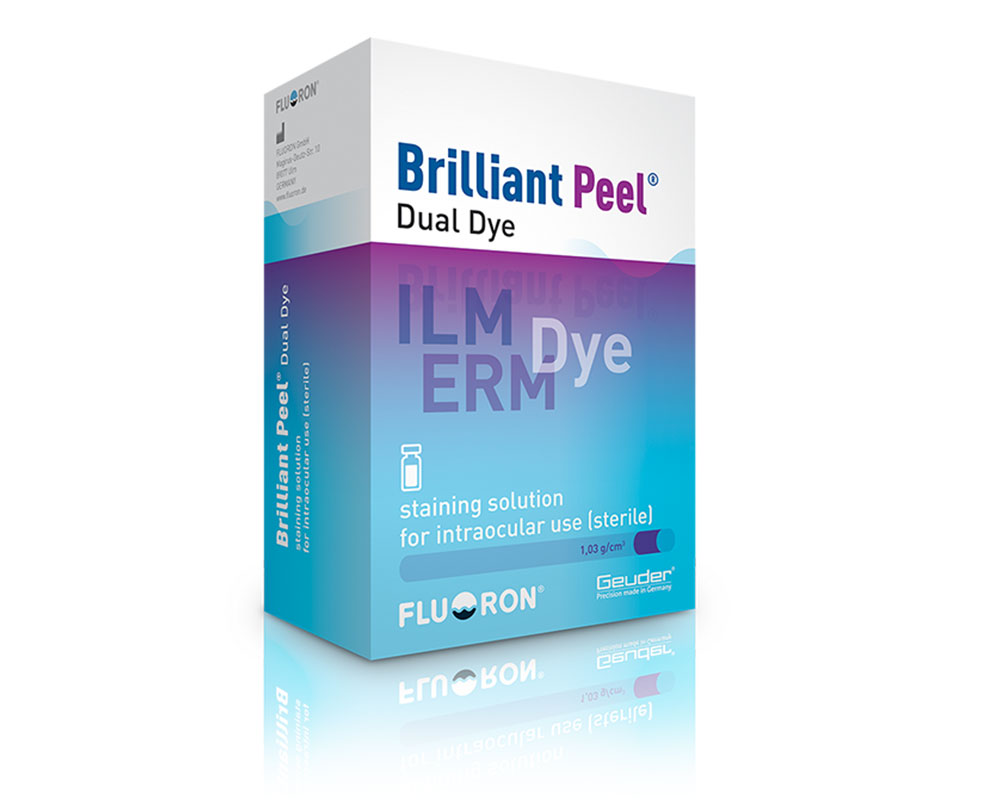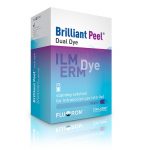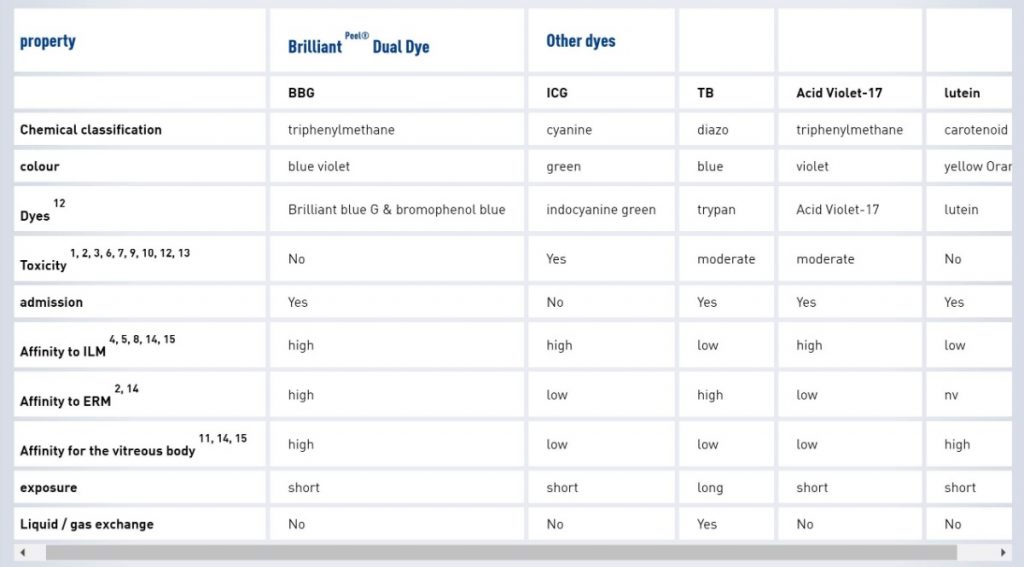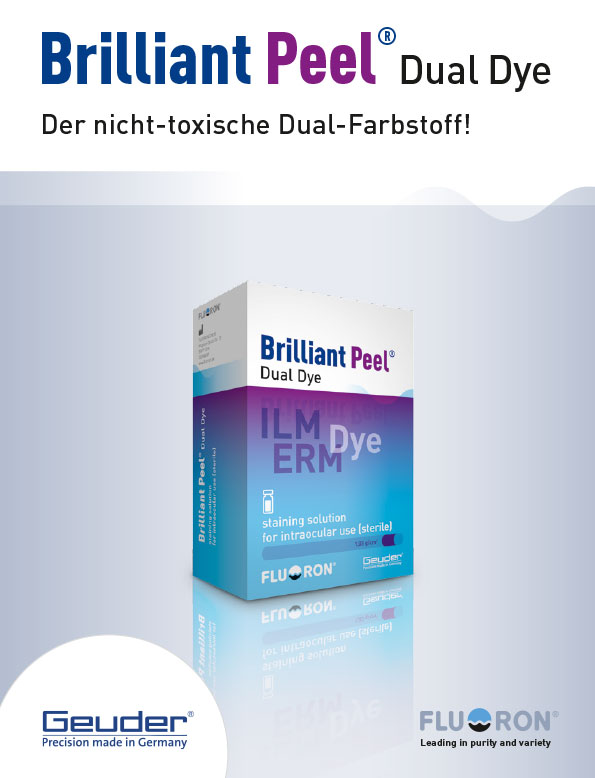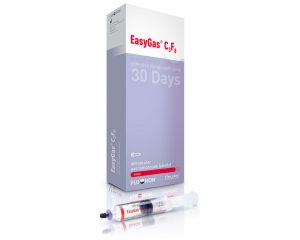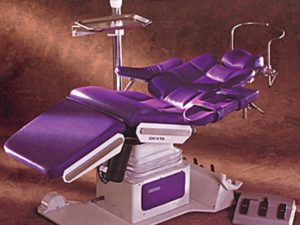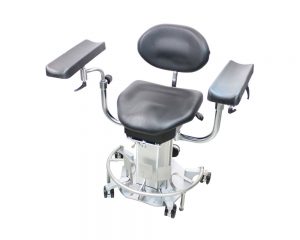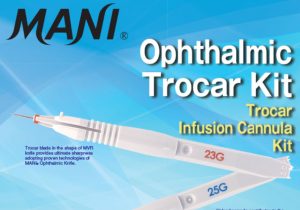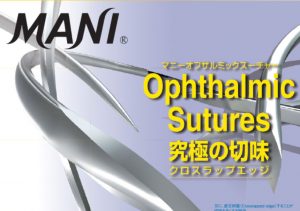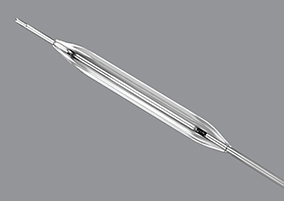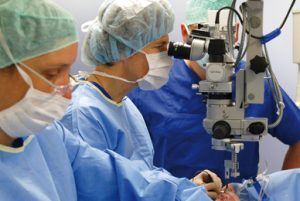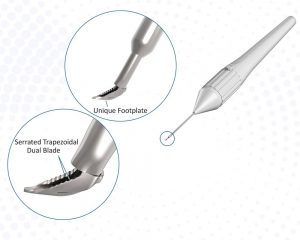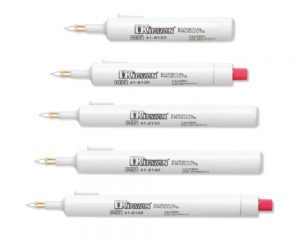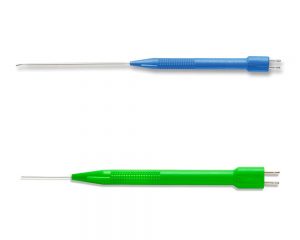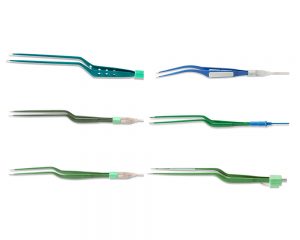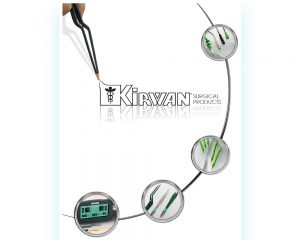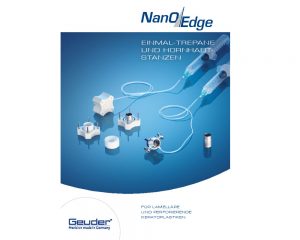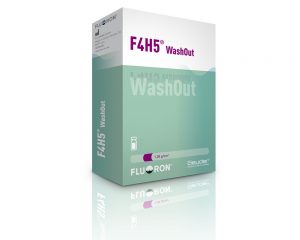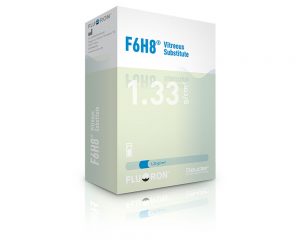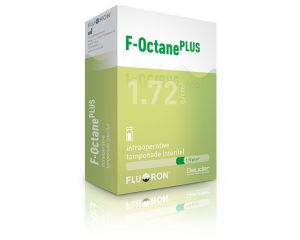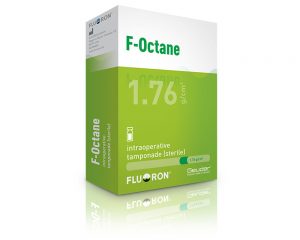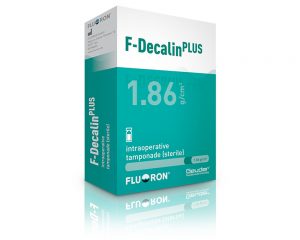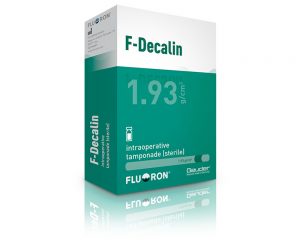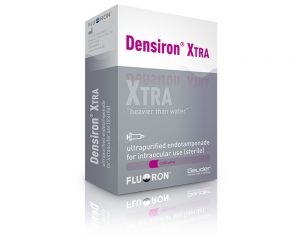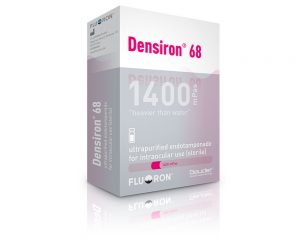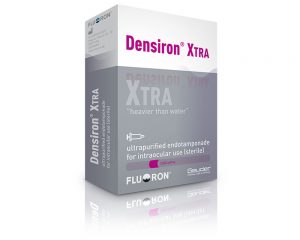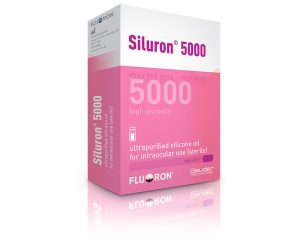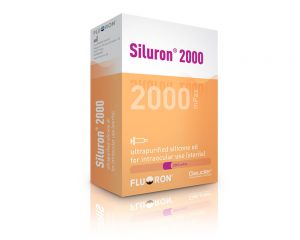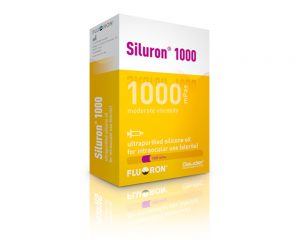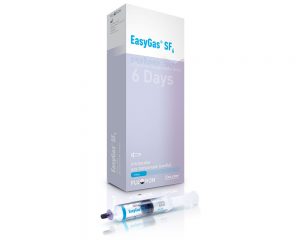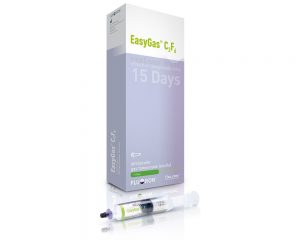Product Information
Overview
User reviews
“Very good staining preretinal membranes and vitreous residues.”Ltd. OA Dr. Jürgen Steinhauer Eye Clinic of the University of Witten / Herdecke, KKH Hagen, St. Josefs Hospital“The outstanding dyeing properties and impressive decay behavior make the new Brilliant Peel Dual Dye the perfect tool for a secure peeling in epiretinal macular interventions. Ideal for a fast and reliable multiple staining of the different membrane parts. “CA Prof. Dr. med. Lars-Olof Hattenbach Director of the Eye Clinic, Klinikum Ludwigshafen“Even under yellow UV-IOL, the contour of the retinal nerve fiber layer (RNFS) was perfectly visible on the ILM. A promising new dye with excellent decay behavior. “OA PD Dr. med. A. Viestenz University Hospital of the Saarland, Homburg
Composition and properties of Brilliant Peel ® Dual Dye
Content per 0.5 ml syringe / vial:0.125 mg brilliantblue G 0.65 mg bromophenol blue,0.1 ml D 2 O0.95 mg Na 2 HPO 4 × 2 H 2 O0.15 mg NaH 2 PO 4 × 2 H 2 O4.1 mg NaClad 0.5 ml water for injectionsConcentration:0.25 g / l Brilliant Blue G1.3 g / l bromophenol blueDensity:1.03 g / cm 3
application
Brilliant Peel ® Dual Dye was developed for the specific staining of Membrana Limitans Internals (ILM) and Epiretinal Membranes (ERM). The specific staining of the ILM and ERM clearly distinguishes these from the underlying retinal tissue. Thus, the surgically demanding removal of the ILM and ERM becomes easier and safer.
References
1 Lüke C, et al .: Retinal tolerance to dyes, Br J Ophthalmol, 2005, 89, 1188-1191
2 Haritoglou C, et al .: Dyeing techniques in macular surgery, ophthalmologist, 2006, 103, 927-934
3 Ueno A , et al .: Biocompatibility of Brilliant Blue G in a rat model of subretinal injection, Retina, 2007, 27, 499-504
4 Enaida H, et al.: Brilliant Blue G subject stains the internal limiting membrane – Brilliant Blue G assisted membrane peeling, Retina, 2006, 26,
631-636 5 Enaida H, et al .: Preclinical investigation of internal limiting membrane staining and exfoliation using intravitreal Brilliant Blue G, Retina, 2006, 26, 623-630
6 Hisatomi T, et al .: Staining ability and biocompatibility of Brilliant Blue G – preclinical study of Brilliant Blue G as an adjunct for capsular staining, Arch Ophthalmol, 2006, 124, 514-519
7 Goldman JM, et al .: Adjunct devices for managing challenging cases in cataract surgery – capsular staining and ophthalmic viscosurgical devices, Curr Opin Ophthalmol, 2007, 18, 52-57
8 Meyer CH, et al.: Historical considerations in applying vital dyes in vitreoretinal surgery: from early experiments to advanced chromovitrectomy , Expert Rev. Ophthalmol., 2007, 71-77
9 Hiebl W, et al .: Substances for staining biological tissues: use of dyes in ophthalmology, Klin Monatsbl Augenh, 2005, 222, 309-311
10 Frank Schuettauf, Christos Haritoglou, Christian A. May, Robert Rejdak, Anna Mankowska, Wolfgang Freyer, Kirsten Eibl, Eberhart Zrenner, Anselm Kampik and Sebastian Thaler, Novel Dyes for Intraocular Surgery: An In Vivo Toxicity Animal Study, Invest Ophthalmol Vis Sci. 2006; 47: 3573-3578
11 Christos Haritoglou, Ricarda G Schumann, Rupert Strauss, Siegfried G Priglinger, Aljoscha S Neubauer, Anselm Kampik, Vitreoretinal surgery using bromphenol blue as a vital stain: evaluation of staining characteristics in humans, Br J Ophthalmol 2007; 91: 1125-1128
12 Rodrigues EB, et al .: Vital Dyes for Chromovitrectomy, Curr Opin Ophthalmol, 2007 May; 18 (3): 179-87
13 Furlani BA, et al .: Lutein and zeaxanthin toxicity with and without brilliant blue in rabbits. J Ocul Pharmacol Ther. 2014 Sep; 30 (7): 559-66. doi: 10.1089 / jop.2013.0171. Epub 2014 Jun 5.
14 Tura A, et al .: Testing the effects of the dye acid violet-17 on retinal function for intraocular application in vitreo-retinal surgery. Graefe’s Arch Clin Exp Opthalmol. 2014 Dec; 252 (12): 1927-37. doi: 10.1007 / s00417-014-2761-9. Epub 2014 Sep 14.
15 Patent Application US Pat. No. 5,136,067 A1
16 Sousa-Martins D, et al .: Use of lutein and zeaxanthin alone or combined with Brilliant Blue to identify intraocular structures intraoperatively. Retina. 2012 Jul; 32 (7): 1328-36. doi: 10.1097 / IAE.0b013e318239e2b6

